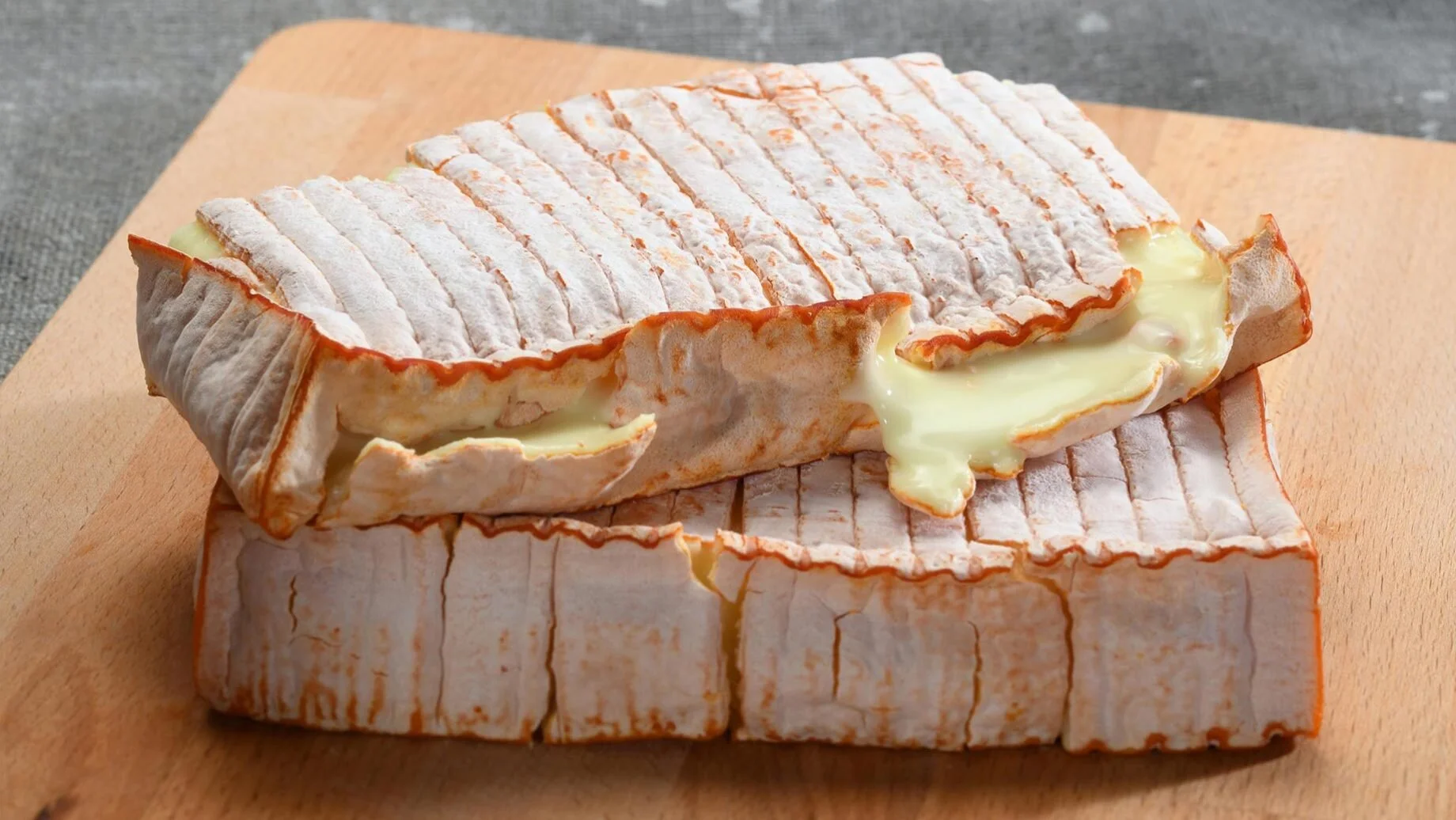Photo: Creative commons/Sergio Gil
World Cheese Encyclopaedia - Each Sunday learn all about a new cheese.
This week Flor de Guía from Spain.
Photo: Creative commons/Hans Hillewaert
Country: Spain 🇪🇸
Region: Gran Canaria
Made from: Goat’s, cow’s, and sheep’s milk
Pasteurized: No
Texture: Firm to soft
Taste: Buttery, creamy
Certification: DOP
Aging: 15 to 60 days
Flor de Guía cheese is a Spanish cheese made on Gran Canaria in the Canary Islands off the coast of Spain. Produced in the Guía and Galdar Heights in the north-western part of these islands, Flor de Guía cheese is made with a mixture of cow's, sheep's and goat ‘s milk.
It is an artisan cheese, that is, it is completely made by hand. During the production process vegetable curd obtained from the cardoon thistle flower is used which is what makes it unique.
The cheese gets its name from the area where it is made, Santa María de Guía, and ‘flor’ from the fact that juice from the flowerheads of a species of cardoon and globe artichoke are used to curdle the milk.
Flor de Guía has a reddish rind, soft and elastic texture, pale yellow colour and small eyes. It is manufactured in a cylindrical but flat shape with round edges. It has a buttery taste and is easily melted.
Photo: grancanaria.com
It has Denomination of Origin protection. The cheese is classified as fatty or semi-fatty and made from the milk from Canarian sheep, with milk from Canarian cows and/or goats. The milk from the sheep must constitute at least 60% and cows’ milk content must never exceed 40%. Goat milk must never exceed 10% of the mixture. The cheese normally measures 4–8 cm (1.5-3 inches) high and 20-30 cm (8-12 inches) across and weighs between 2 and 5 kg (4.5-11 pounds).
Photo: spain.info
The cheeses can be classified as semi-cured and cured, according to the length of maturation. It is a seasonal product only being manufactured between January and July.
The moulds for Flor de Guía cheese have marks on their interiors to impart the geometric shape of a flower on the rind
Photo: bodegasmonje.com
History
Guía was founded in the early 16th Century and had a prosperous start thanks to sugar cane. Now the town's most famous product is Flor de Guía cheese made with local goat and sheep milk curdled with artichoke or cardoon sap. The story goes that the recipe for the now famous ‘queso de flor’ was a well-kept secret for many years. The recipe only being passed down from one generation to another by the locals, until finally it was decided to share this great cheese with the world.
How to Enjoy It
Though it is often eaten on its own due to its characteristic flavour, taste, and smell, it is sometimes used in stews and vegetable soups. It pairs well with young light red wines from the region such as a Monje Tradicional.
Sources: cheese.com, Wikipedia.com, Spain.info, grancanaria.com, grancanaria-info.com, bodegasmonje.com
Looking for a different cheese? Search the whole cheese encyclopaedia here.































